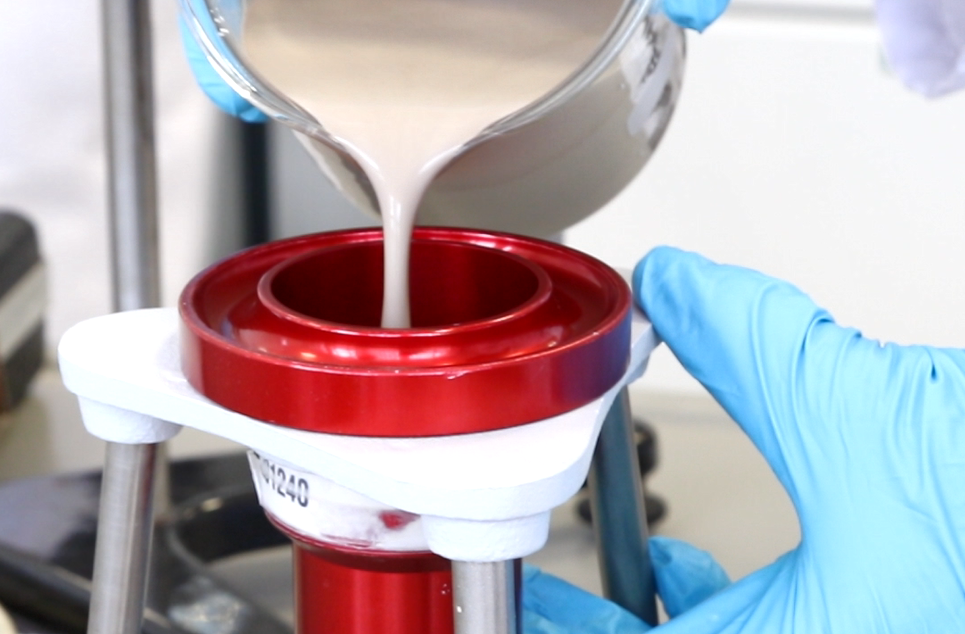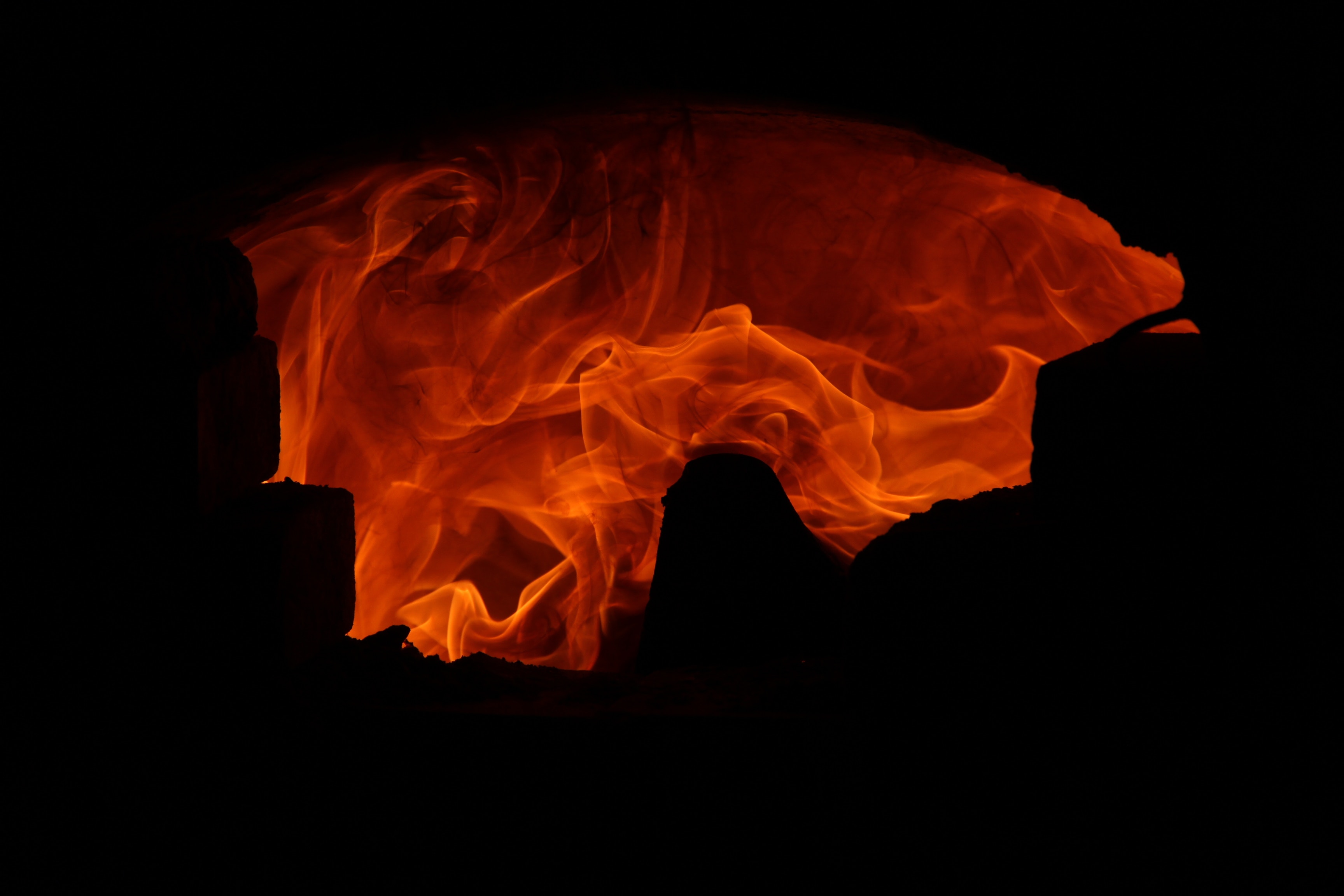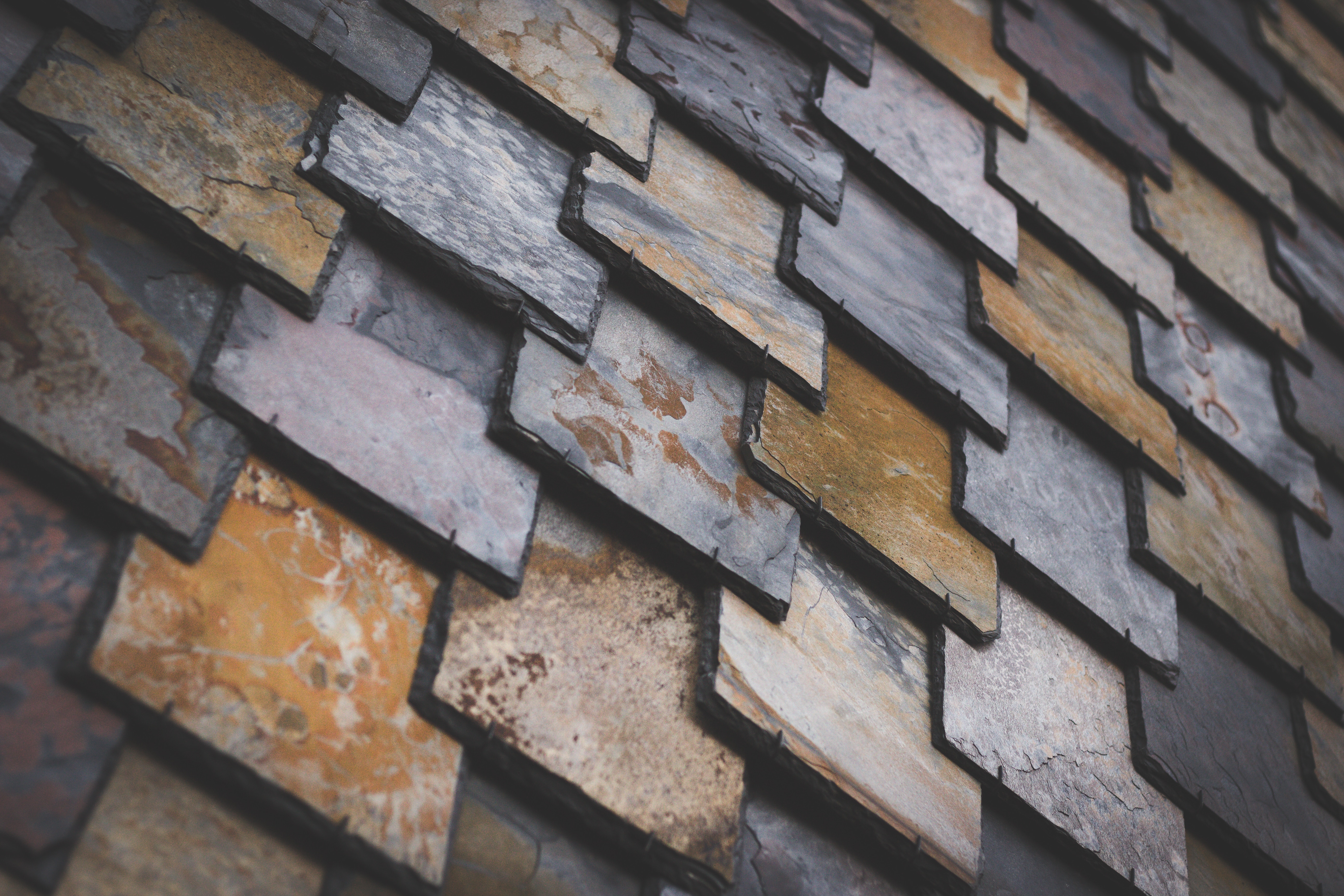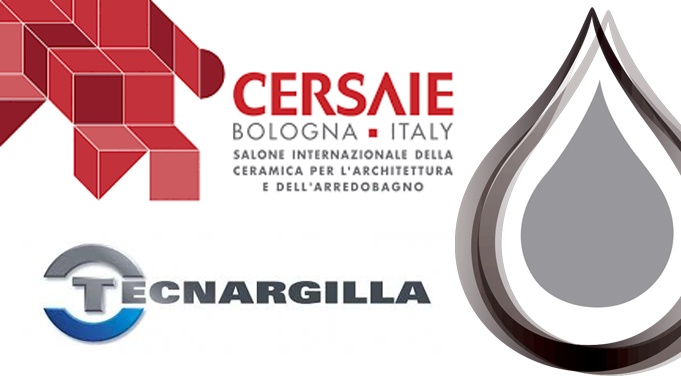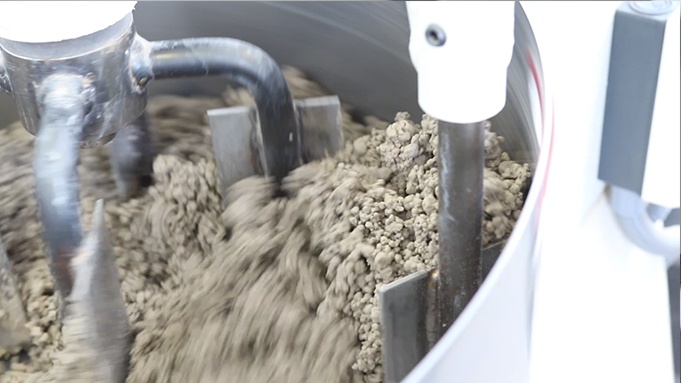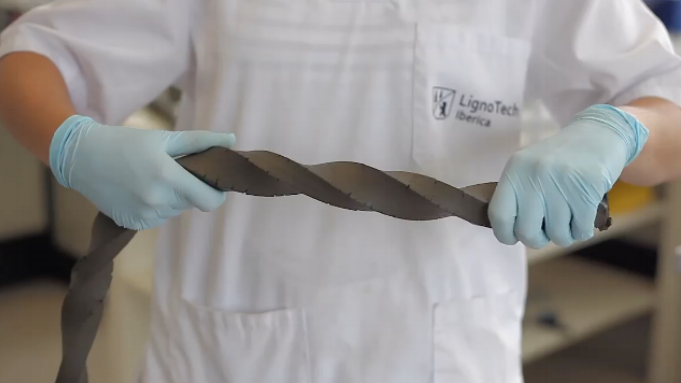Cellulosic compounds are not new into the Ceramic Industry. They have been used in ceramic bodies for a long time.
In ancient cultures, straw could be used to bring porosity to clay, easing water entrance and hence increasing its workability. It would also provide some air entrance, helping in the drying process, that would take place in the open air. This is useful in hand-made products and in low-automated processes.

